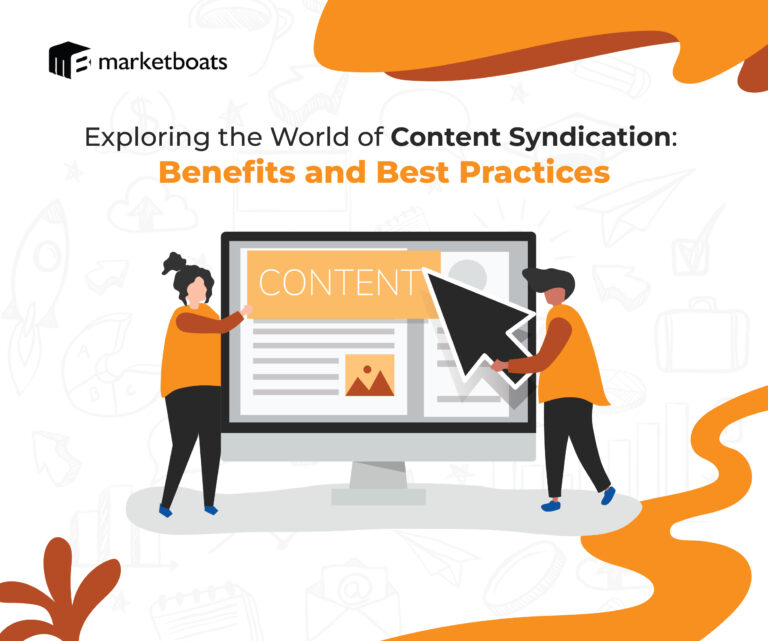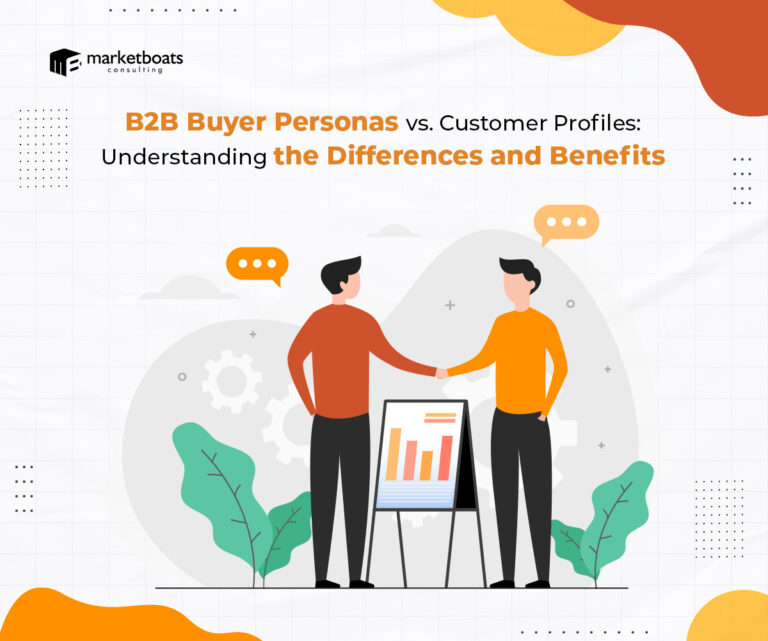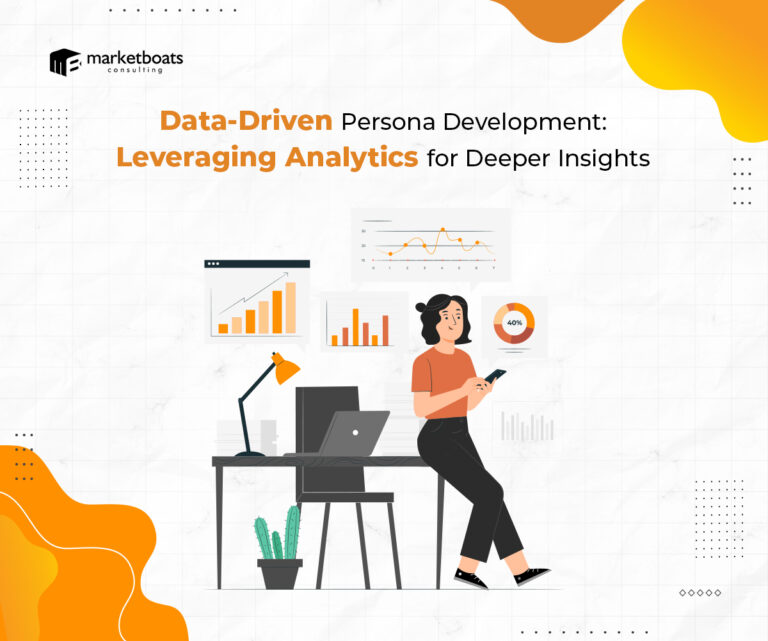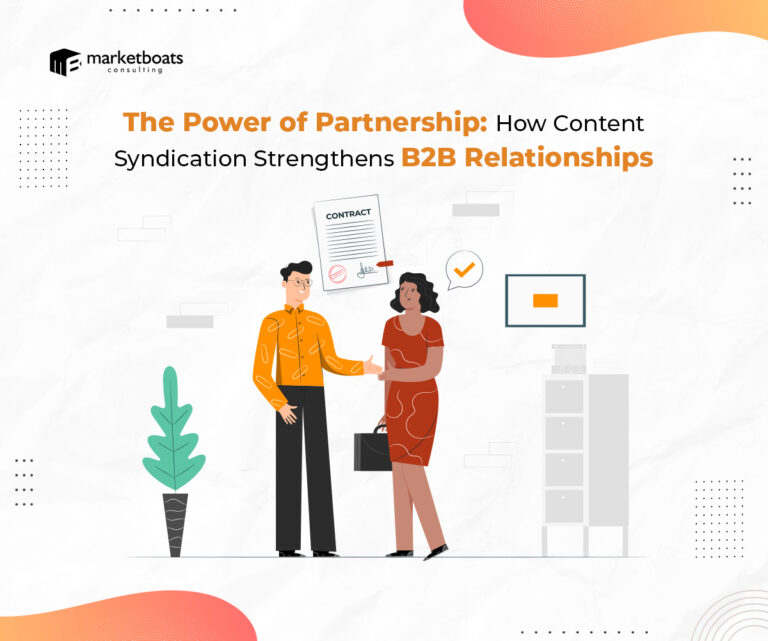Think back to a favorite childhood item that you once couldn’t get enough of, but now it’s gone. Many products like it are forgotten over time, not because they’re outdated, but because no one kept the memory alive. It’s the same with B2B demand generation.
Whether your products are etched into the minds of the audience is up to you. You need to keep adapting to and adopting up-and-coming B2B demand generation strategies. This is where the growing need for new marketing tactics becomes evident. Your customers are more informed and connected than ever. This pushes businesses to find fresh, creative ways to capture attention and convert interest into loyalty.
As we navigate this landscape, it becomes clear that the old playbook won’t suffice. To keep up and succeed, you need to come up with new ideas and use approaches that really connect with people now—they want realness and to be a part of the conversation, not just to be sold to.
Let’s learn more about various marketing channels and how to use them!
Diversifying Channels: Beyond Email
Email Marketing for B2B Leads is a proven strategy, yes! But is it a safe choice? Ever heard the saying, “Don’t put all your eggs in one basket”? Why? Lest they all cracked. In B2B marketing, this now has more relevance than ever.
Using a variety of marketing channels naturally boosts traffic by introducing your brand to new customers. This strategy helps protect your business from unpredictable market changes and can kick-start interest in your products, potentially leading to substantial growth.
Let’s explore how these channels work!
SEO: Its Impact on Demand Generation
Search Engine Optimization is a method of increasing brand visibility and improving website ranking in search engines. It is usually done by modifying your content to include industry-relevant keywords that your target audience might use, employing meta-tagging, optimizing your content to make it informative, unique, and easy to read, and garnering authority by link-building, etc.
Such practices enable you to attract considerable traffic to your website. SEO for B2B lead acquisition works if prospects have already been primed with optimized content. You then get to educate your audience on sector-specific challenges while subtly pitching your products and services as the perfect solution.
Do you see what you’re accomplishing at this stage? You’ve successfully generated demand for your products, snatched the spotlight from your competitors, and convinced your potential consumer base that you’re the best fit for them.
Social Media: A Tool for Enhanced Customer Engagement
Social media in B2B demand gen has become indispensable. The stereotypical narrative that social media is a place where you while away your time doom-scrolling conspiracy theories is, well, incredibly myopic. Despite its very evident drawbacks, it is now a great platform to generate the required buzz around your products and services.
So, let’s explore how you can leverage social media to generate demand for your products and services!
- Select a platform according to your industry-specific needs: Choose a platform (e.g., Facebook, LinkedIn, and Twitter) to attract an industry-specific crowd.
- Create an official business page: Create a business page on your chosen online platform. Describe what your brand does, its goals, and the problems it solves.
- Build a solid online presence: Consistently post content relevant to your audience. You can include interactive elements in them, such as quizzes or surveys, to boost engagement. If you think half-hearted attempts of sporadically posting unoptimized content or content not aligned with your brand goals would suffice, you’re wrong.
- Catering to audiences across the sales funnel: Address the needs of audiences across the sales funnel by establishing a balance of introductory content as well as in-depth analysis articles.
- Monitor KPIs: Keep track of KPIs such as click rates, subscribe rates, follow rates, conversion rates, etc.
Content Marketing: Driving Engagement and Creating Demand
Did you know that the content marketing industry is set to reach $107 billion by 2026? No wonder that it happens to be one of the most common B2B demand generation strategies.
Today, content marketing is not just about merely conveying information or hard-selling products. It involves building a connection with your clients that extends beyond a transaction. Content marketing can help you establish brand awareness and lay the groundwork for a powerful online identity if leveraged carefully. Proper brand messaging can enhance brand relatability. All of these combined help you gain customer trust and eventually attract enough traffic to skyrocket your conversion rates, thus ensuring steady revenue.
Let’s explore some ways by which your content can become a lead magnet:
- Alienate your target demography: Understand who your audience is and craft content that would appeal to them.
- Monitor key website metrics: Observe KPIs such as website traffic, average time spent on the website, bounce rates, click-through rates, conversion rates, etc. Using these data-driven insights, refine your content to improve demand generation efforts.
- Integrate interactive content elements: Work on amplifying user engagement on your website by including interactive elements such as quizzes, polls, surveys, and interactive infographics. Take personalization a step further and provide user-immersive experiences with the help of Augmented Reality (AR) and Virtual Reality (VR).
- Establish yourself as an industry expert: Achieve zen-like status within the industry with accurate, informative content that provides value to your customers.
Role of AI and Machine Learning in B2B Demand Generation
The role of AI in B2B marketing is all-encompassing, to say the least. Apart from doing the bare minimum of automating routine tasks, AI can help you accurately identify a prospect pool. It then segments that pool based on company size, location, etc, and helps you craft personalized content tailored to the needs of each segment.
You can also use AI to design targeted ads that appeal to your potential customer base and generate demand. Additionally, you can also resort to advanced analytics and machine learning algorithms that enable you to analyze historical sales data to predict future demand. This ensures efficient inventory management and minimizes product or resource wastage.
But these demand generation tactics would only bear fruit if you constantly monitor user engagement metrics, locate lead attrition points, and accordingly improve.
Conclusion
In this dynamic business landscape, the only way to stay afloat is by leveraging data-driven insights. But data is usually packed away in silos, in different geographies, in different departments. So, without holistic data integration, it is impossible to land accurate predictions that would supplement revenue generation. Thus, you must ensure knowledge gleaned, either from business intelligence reports or observations on operational nitty gritty, is comprehensively examined.
Only then can you enhance user experience on all fronts. Then again, none of these matter if customers don’t even stumble upon your offerings, or even if they do, are lured away by brands with a more reliable online footing.
You might need some expert intervention then, and we at Marketboats are here to help! Our Content Syndication & Multichannel Marketing services help you reach customers through various marketing channels, including email, phone, and social media. To enhance lead generation, our cutting-edge cloud-based platform, CALS, gets to work and provides you with high-quality leads that have been cleansed, standardized, and enriched.
Ace your demand generation today. Contact us now!





